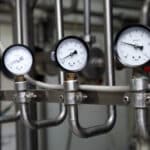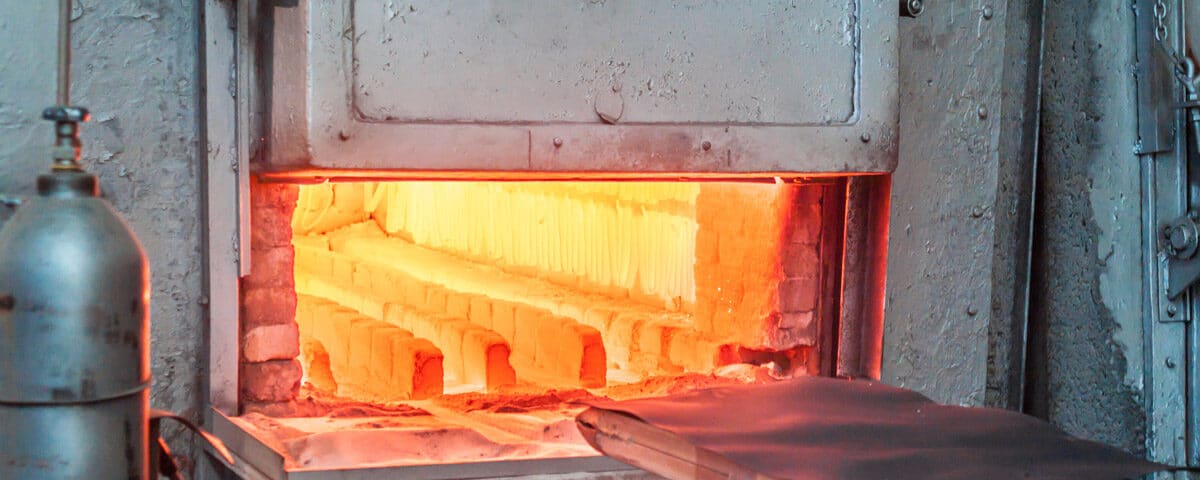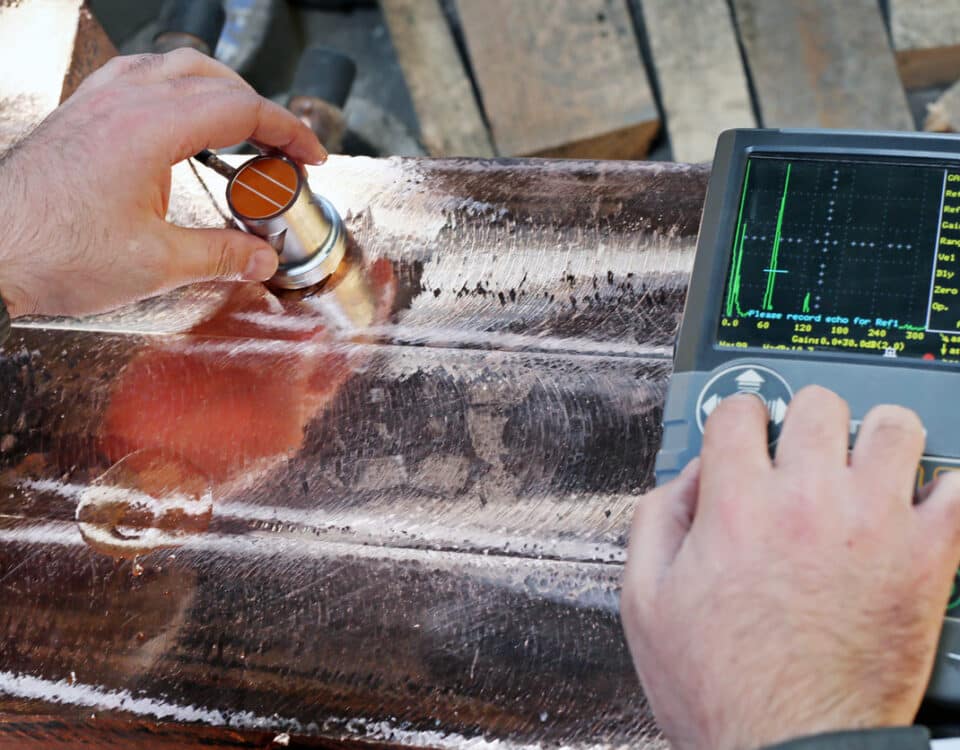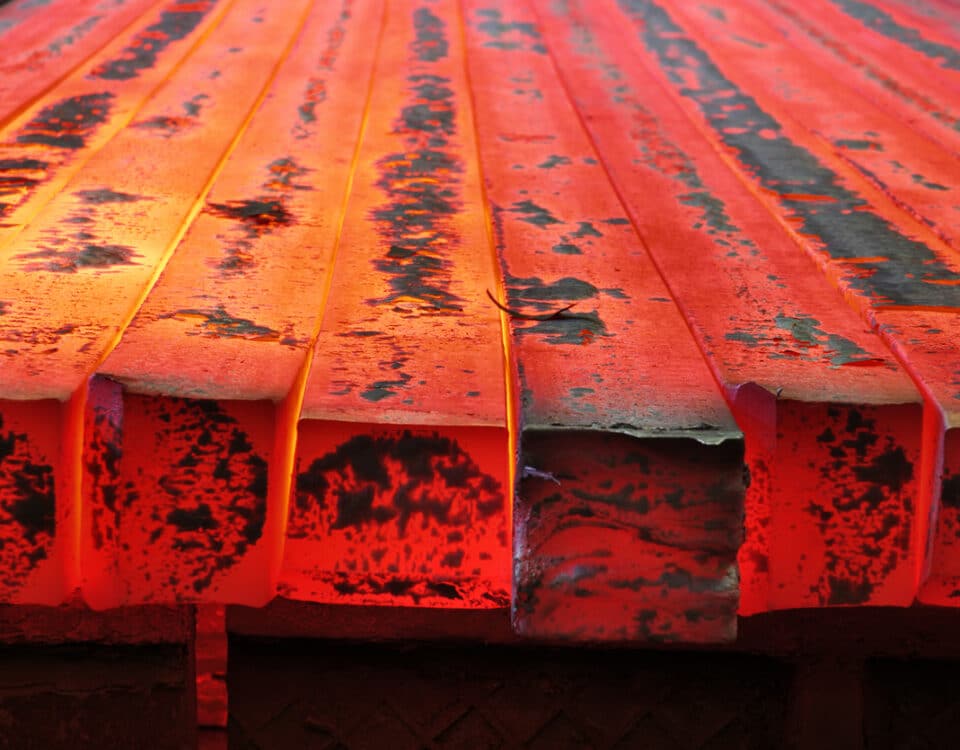
What is Carburizing in Metal Treating?
December 23, 2024
What is Vacuum Processing in Metal Treating?
February 18, 2025In the world of manufacturing and industrial production, the quality and durability of materials play a critical role in ensuring long-lasting, high-performance products. One process that stands out for its ability to enhance the properties of metals is heat treatment. Metal heat treatment involves a series of controlled heating and cooling processes designed to modify the physical and sometimes chemical properties of metal alloys. The benefits of this technique are vast, ranging from increased strength and durability to improved performance in harsh working conditions. For businesses seeking reliable and efficient components in their operations, understanding the advantages of metal heat treatment is crucial.
What is Metal Heat Treatment?
Metal heat treatment refers to a series of processes used to alter the physical and mechanical properties of metal through controlled heating and cooling. It involves heating metal to a specific temperature, holding it at that temperature for a period, and then cooling it at a controlled rate. This process can change the metal’s hardness, strength, ductility, toughness, and wear resistance, making it ideal for a variety of industrial applications.
The common types of metal heat treatments include:
- Annealing – Softens metal, making it easier to form or machine.
- Hardening – Increases the hardness and strength of the material.
- Tempering – Reduces brittleness while retaining strength.
- Case Hardening – Adds a hard outer layer while maintaining a tough core.
- Quenching – Rapidly cools metal to harden it.
- Normalizing – Improves the uniformity of the metal structure.
1. Increased Strength and Durability
One of the primary benefits of metal heat treatment is the significant increase in strength and durability of metal components. By carefully adjusting the temperature and cooling rates, heat treatment processes such as hardening and tempering can increase the tensile strength of metals. For example, steel components that undergo heat treatment can achieve a higher resistance to stress, making them more suitable for heavy-duty applications in industries such as automotive, aerospace, and manufacturing.
When metal parts are subjected to the heat treatment process, their atomic structure is altered, resulting in a material that is less prone to wear and fatigue. For industrial applications that involve high levels of stress or frequent exposure to extreme conditions, the durability gained from heat treatment ensures a longer lifespan of the products, reducing maintenance and replacement costs.
2. Improved Wear and Corrosion Resistance
In many industrial applications, components are exposed to abrasive conditions or corrosive environments. Metal heat treatment can improve a material’s resistance to these damaging factors. Processes like case hardening create a hardened outer layer on the metal, which provides excellent wear resistance without compromising the toughness of the core.
Furthermore, certain heat treatments can also make metals more resistant to corrosion. For instance, through the process of carburizing, carbon is diffused into the surface of steel, forming a tough, wear-resistant surface. This is particularly important for applications involving equipment and machinery that are regularly exposed to harsh chemicals, water, or high temperatures.
3. Enhanced Performance in Extreme Conditions
For industries like aerospace, automotive, and oil and gas, the performance of metal components in extreme conditions is of utmost importance. Metal heat treatment can significantly improve the material’s ability to perform under high temperatures, heavy loads, and aggressive environmental factors. Heat-treated metals are less likely to deform, crack, or fail when exposed to these challenges.
For example, turbine blades in jet engines, which operate at extremely high temperatures, undergo heat treatment processes to enhance their resistance to thermal stresses. Similarly, automotive gears that face constant friction and stress benefit from heat treatment techniques like hardening to ensure smooth operation and longevity.
4. Improved Toughness and Ductility
While hardness is important in many industrial applications, it is also essential for metals to possess a certain degree of toughness and ductility to withstand impact, shock, and other dynamic forces. The process of tempering, which is often used in conjunction with hardening, allows metal to retain its strength while reducing brittleness. This means that parts are more likely to absorb energy from impacts or vibrations without cracking or breaking.
Additionally, metal heat treatment can modify the material’s ductility, making it more flexible and capable of withstanding deformation without fracturing. This is particularly beneficial for components that need to bend or stretch without breaking, such as springs, shafts, and structural elements in construction.
5. Precise Control Over Material Properties
Another advantage of metal heat treatment is the ability to precisely control the properties of a material. By adjusting factors such as heating temperature, cooling rate, and holding time, heat treatment can fine-tune the physical characteristics of the metal to meet specific requirements. Whether you need a metal to be harder, tougher, more flexible, or more resistant to wear, heat treatment can achieve these goals with precision.
For industries that require exacting standards—such as manufacturing high-performance components for medical devices, electronics, or defense—metal heat treatment provides the ability to meet strict tolerances and performance specifications.
6. Cost-Effectiveness and Efficiency
Although metal heat treatment involves an investment in specialized equipment and expertise, it is ultimately a cost-effective way to enhance the performance of metal components. The ability to improve the longevity, durability, and functionality of metal products reduces the need for frequent replacements, repairs, and downtime. This translates to cost savings over the long term.
Moreover, heat-treated parts can reduce energy consumption in industrial applications. For instance, heat-treated components such as bearings or gears operate more efficiently, which in turn lowers the overall operating cost of machinery and equipment.
7. Customization for Specific Applications
Every industry has unique requirements for their materials. Metal heat treatment allows for the customization of properties to meet the demands of different applications. Whether you’re working with high-strength steel for construction or lightweight aluminum for aerospace, heat treatment can tailor materials to meet the specific needs of the job.
At Southwest Metal Treating, we offer a range of metal heat treatment services, allowing businesses to achieve the ideal balance of properties, whether it’s enhancing the hardness of a gear or improving the fatigue resistance of a structural component.
FAQ Section
1. What metals can be treated through heat treatment?
Metal heat treatment can be applied to a wide range of metals, including steel, aluminum, copper, and their respective alloys. Steel, in particular, benefits greatly from heat treatment processes like hardening, tempering, and case hardening. Non-ferrous metals like aluminum and copper alloys can also undergo heat treatment to improve specific properties, such as hardness or resistance to corrosion.
2. How does heat treatment improve the hardness of metals?
Heat treatment improves hardness by altering the microstructure of metals. In processes like hardening, the metal is heated to a high temperature and then rapidly cooled (quenched). This process increases the metal’s hardness by transforming its crystalline structure into a more rigid form. The result is a metal that is more resistant to scratches, wear, and deformation.
3. Is metal heat treatment suitable for all industrial applications?
Metal heat treatment is suitable for a wide range of industrial applications, particularly where high strength, wear resistance, and durability are required. Industries such as automotive, aerospace, oil and gas, construction, and manufacturing rely heavily on heat-treated components. However, the type of heat treatment used will depend on the material and the desired properties for the specific application.
4. What are the risks of improperly heat-treated metals?
Improper heat treatment can lead to several issues, including brittleness, reduced strength, or poor dimensional accuracy. It can also result in distortion or cracking in the metal. To avoid these risks, it is important to use controlled processes and expert knowledge, which is why working with an experienced heat treating service provider like Southwest Metal Treating is crucial for optimal results.
5. Can heat-treated metals be recycled or reused?
Yes, heat-treated metals can often be recycled or reused, depending on their composition and the specific treatment processes they have undergone. However, in some cases, heat treatment can alter the metal’s properties in ways that may impact its recyclability, so it is important to consult with a recycling expert to determine the best course of action.
For businesses looking to enhance the performance and durability of their products, metal heat treatment is a proven solution. Whether you need to improve the strength, wear resistance, or toughness of your components, Southwest Metal Treating provides expert services that ensure the quality and reliability of your metal parts.
Contact Southwest Metal Treating Today!
Contact us today to learn how we can help optimize your metal components for maximum efficiency and longevity in your industrial applications.



